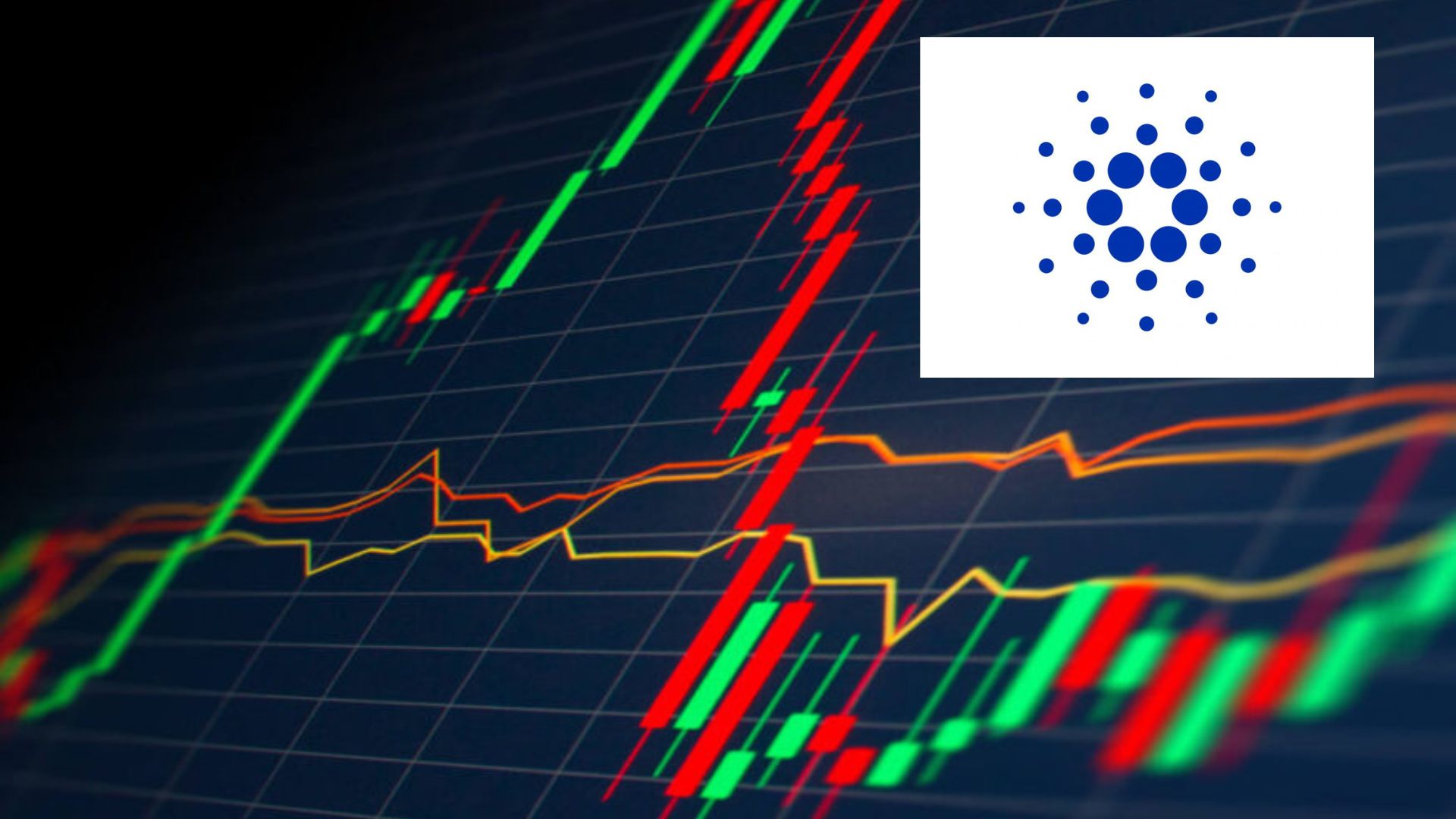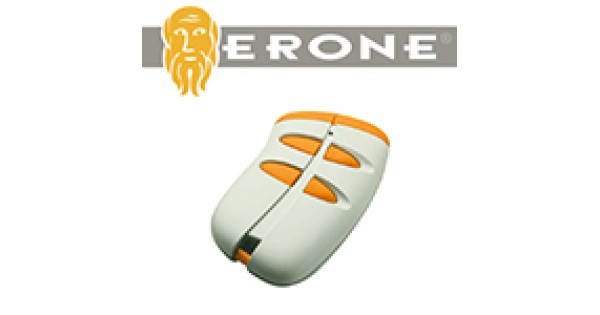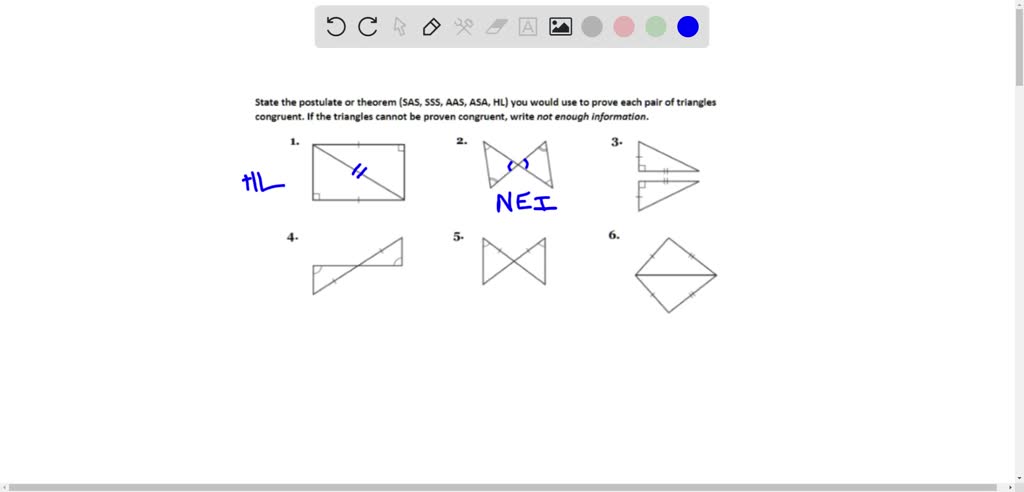Introduction to ADA
Cardano (ADA) is a prominent cryptocurrency known for its innovative approach to blockchain technology. Launched in 2017 by Charles Hoskinson, one of the co-founders of Ethereum, Cardano aims to provide a more secure and scalable platform for decentralized applications (dApps) and smart contracts. ADA is the native token of the Cardano blockchain, and it plays a crucial role in the network’s operations, including transaction validation and governance.
Historical Price Trends
Since its inception, ADA has experienced significant price fluctuations, reflecting both the volatility of the cryptocurrency market and the project’s developmental milestones. ADA’s initial coin offering (ICO) was priced at around $0.02 per token. After its launch, ADA saw a substantial price increase, reaching an all-time high of approximately $1.33 in January 2018, driven by the broader cryptocurrency market rally.
The subsequent market correction saw ADA’s price plummet to around $0.03 by the end of 2018. Throughout 2019 and 2020, ADA’s price remained relatively stable, fluctuating between $0.03 and $0.10. However, the bull market of late 2020 and early 2021 propelled ADA to new heights, peaking at around $2.46 in May 2021. The price surge was fueled by increased investor interest, positive market sentiment, and significant updates to the Cardano network.
Current Price Analysis
As of mid-2024, ADA is trading at around $0.30. This represents a significant decrease from its 2021 peak but still marks a substantial increase from its early days. The current price reflects a combination of market factors, including overall cryptocurrency market trends, investor sentiment, and ongoing developments within the Cardano ecosystem.
Comparatively, ADA’s price movement aligns with trends seen in other major cryptocurrencies like Bitcoin (BTC) and Ethereum (ETH). However, ADA’s unique position as a blockchain with a strong emphasis on academic research and peer-reviewed development sets it apart, contributing to its distinct price behavior.
Technical Analysis
Technical analysis involves examining historical price data and trading volumes to forecast future price movements. For ADA, several technical indicators and chart patterns are commonly used:
- Moving Averages: The 50-day and 200-day moving averages are critical for identifying trends. When the 50-day moving average crosses above the 200-day moving average, it signals a bullish trend (Golden Cross). Conversely, a bearish trend (Death Cross) occurs when the 50-day moving average crosses below the 200-day moving average.
- Relative Strength Index (RSI): The RSI measures the magnitude of recent price changes to evaluate overbought or oversold conditions. An RSI above 70 suggests ADA is overbought, while an RSI below 30 indicates it is oversold.
- Support and Resistance Levels: Key support levels for ADA include $0.25 and $0.20, while resistance levels are around $0.35 and $0.40. These levels are crucial for traders to identify potential entry and exit points.
Fundamental Analysis
Fundamental analysis focuses on the intrinsic value of an asset based on various factors, including technological developments, partnerships, and regulatory news. For ADA, several fundamental aspects are noteworthy:
- Development Updates: Cardano’s development is structured into distinct phases: Byron (foundation), Shelley (decentralization), Goguen (smart contracts), Basho (scaling), and Voltaire (governance). Each phase introduces new features and enhancements. The recent launch of the Goguen phase, which enabled smart contract functionality, has been a significant milestone, enhancing ADA’s utility and value proposition.
- Partnerships and Collaborations: Cardano has forged strategic partnerships with various organizations, including governments and educational institutions. Notable collaborations include agreements with the Ethiopian government to implement blockchain solutions in the education sector and partnerships with various universities for research and development.
- Regulatory News: The regulatory landscape for cryptocurrencies is evolving. Positive regulatory developments, such as clearer guidelines and institutional adoption, can boost ADA’s price. Conversely, negative regulatory news can lead to price declines.
Market Influences
ADA’s price is influenced by broader market trends and external factors:
- Bitcoin and Ethereum Prices: ADA’s price often correlates with Bitcoin and Ethereum. When these major cryptocurrencies experience price surges, ADA typically follows suit. Conversely, market downturns in Bitcoin and Ethereum can negatively impact ADA.
- Global Economic Factors: Macroeconomic factors, such as inflation, interest rates, and geopolitical events, can influence investor sentiment and cryptocurrency prices. For instance, economic uncertainty can drive investors toward cryptocurrencies as a hedge, potentially boosting ADA’s price.
- Investor Behavior and Market Psychology: Market sentiment, driven by news, social media, and influential figures, can significantly impact ADA’s price. Positive news, such as successful project milestones or endorsements from influential personalities, can drive prices up, while negative news can lead to sharp declines.
Future Predictions
Predicting ADA’s future price involves considering various factors, including technological advancements, market trends, and expert opinions:
- Expert Opinions: Many analysts and experts believe in ADA’s long-term potential due to its strong emphasis on research and development. For example, some predict that ADA could reach $5 or higher in the next few years if the Cardano network continues to grow and attract more users and developers.
- Technological Advancements: The ongoing development of Cardano, particularly the implementation of the Basho and Voltaire phases, is expected to enhance scalability and governance. These advancements could increase ADA’s adoption and value.
- Challenges and Opportunities: ADA faces competition from other smart contract platforms like Ethereum, Solana, and Polkadot. However, Cardano’s unique approach, focusing on academic research and peer-reviewed development, provides a competitive edge. Overcoming scalability challenges and achieving widespread adoption remain crucial for ADA’s future growth.
Conclusion
ADA’s price analysis reveals a complex interplay of historical trends, technical and fundamental factors, and market influences. While the cryptocurrency market is inherently volatile, ADA’s unique position as a research-driven blockchain platform offers significant potential. By understanding the key drivers of ADA’s price and staying informed about ongoing developments, investors can make more informed decisions. As Cardano continues to evolve and achieve new milestones, ADA’s price will likely reflect its growing utility and adoption in the ever-changing landscape of cryptocurrencies.



